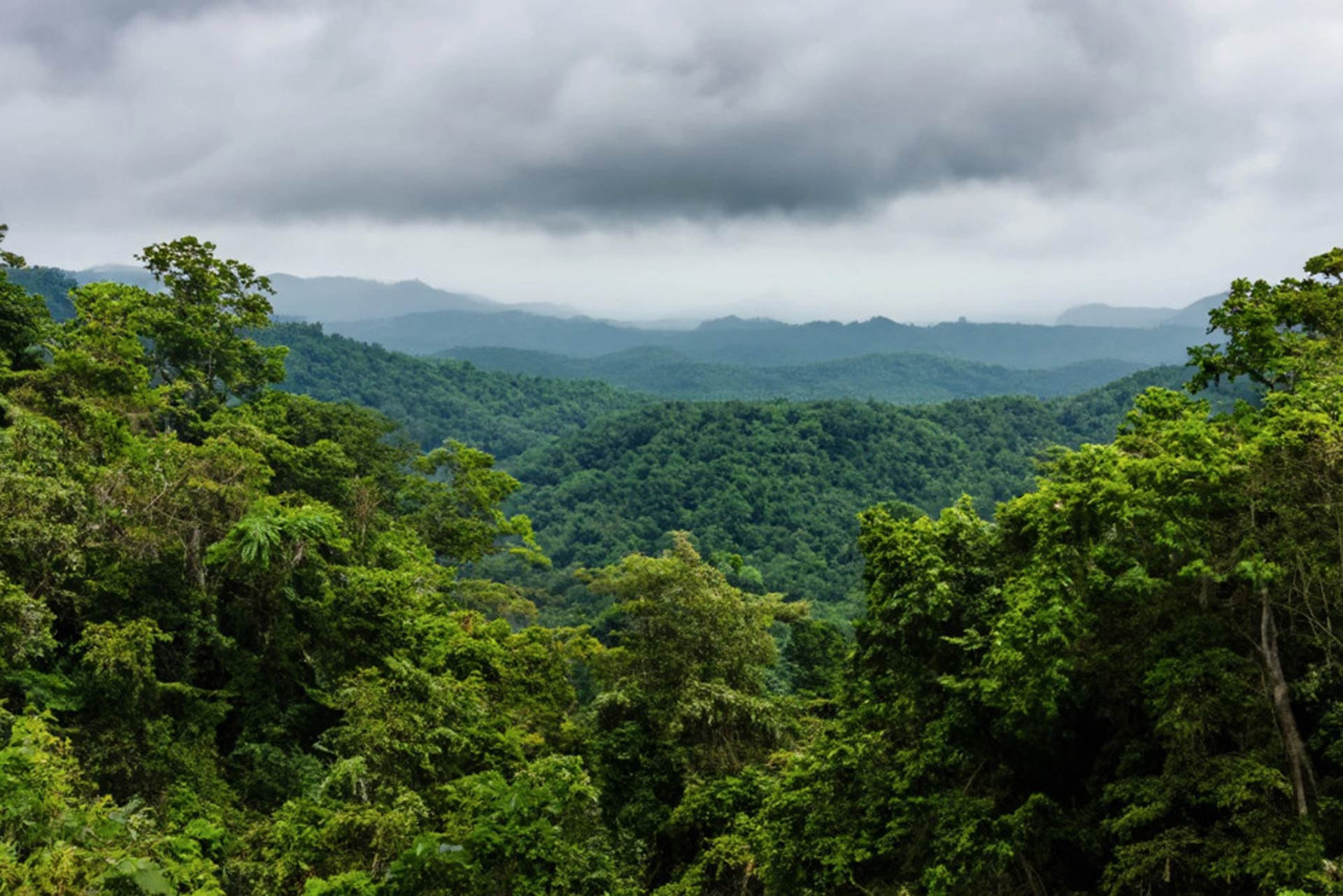
In late 2023, Vietnam transferred 10.3 million tons of CO2 to the World Bank at $5 per ton worth $51.5 million. This was the first forest carbon credit sale for Vietnam. Forest owners in some localities divided the money.
The Department of Forestry reported that some localities have recently received offers from domestic and international institutions and individuals to provide services on absorbing and storing forest carbon (forest carbon service), which includes measurement, reporting, appraisal, distribution and commercialization of forest carbon credits.
Quang Nam, Son La, Lao Cai and Thanh Hoa provinces have proposed a pilot plan on investing and trading of forest carbon credits.
At a recent workshop on green financing, Nghia, a member of the National Advisory Council for Financial and Monetary Policies, and head of CODE, a carbon finance development consulting institute, said the carbon credit market is very hot but Vietnam still cannot sell credits as it has procedural problems.
The measurement of forest carbon credits belonging to CODE is still being implemented, either manually or with machines. It will compare the results of the two ways of measurements.
“For manual measurement, it costs VND178 million per hectare. So it would be very costly to measure all 500 hectares of forests,” Nghia said.
CODE has hired foreign experts to participate in development programing. Local authorities need to know how to measure carbon in the forests with bamboo (they have the highest carbon levels) and how to measure other biomasses (only machines can measure roots and branches).
Nghia said that for CODE, afforestation is research work but also brings profit, estimated $2 million per annum.
“We started with a severely damaged forest area and tried to recover the biosphere. To date, the forest area has restored its tropical rainforest status with the return of birds and animals. Tens of thousands of ironwood trees are growing well. Everything that falls from the trees will be brought to incubators for re-planting," Nghia said.
Nghia said scientists from France and the Netherlands have contacted CODE to discuss research on the Southeast Asian biosphere and the purchase of carbon credits.
“At first, we bought 11 old houses on stilts and stone churches to develop ecotourism. However, with the proposal on purchasing carbon credits, we have shifted from ecotourism to afforestation,” Nghia said.
CODE has helped people follow procedures to get red books (land use right certificates) that allows them to sell carbon.
Procedural problems
Nghia said many problems occurred during the carbon finance development process.
Forests are owned by the state, but is carbon owned by the state? After six provinces in the north central region sold forest carbon credits to the World Bank, the money was distributed to people. However this did not follow current regulations.
Regarding the proposal on setting up a carbon credit trading floor, Nghia pointed out that when selling carbon credit inter-provincially, MARD will come forward and sell credits.
However, in other cases, each province sells the credits. If so, credits cannot be traded because once credits are put into transaction on trading floors, there must be codes with owners.
Therefore, CODE has proposed amending Decree 06 so that carbon credits can be brought to a trading floor.
The other problem is carbon prices. CODE has successfully negotiated the sale of credits at $30 per credit, but still cannot sell the credits because of procedural problems.
The third problem is the 4.9 million tons of carbon left over. Many enterprises want CODE to help them buy the credits, though the credits will be valid for no more than 17 months. However, this has not occurred yet.
Tam An